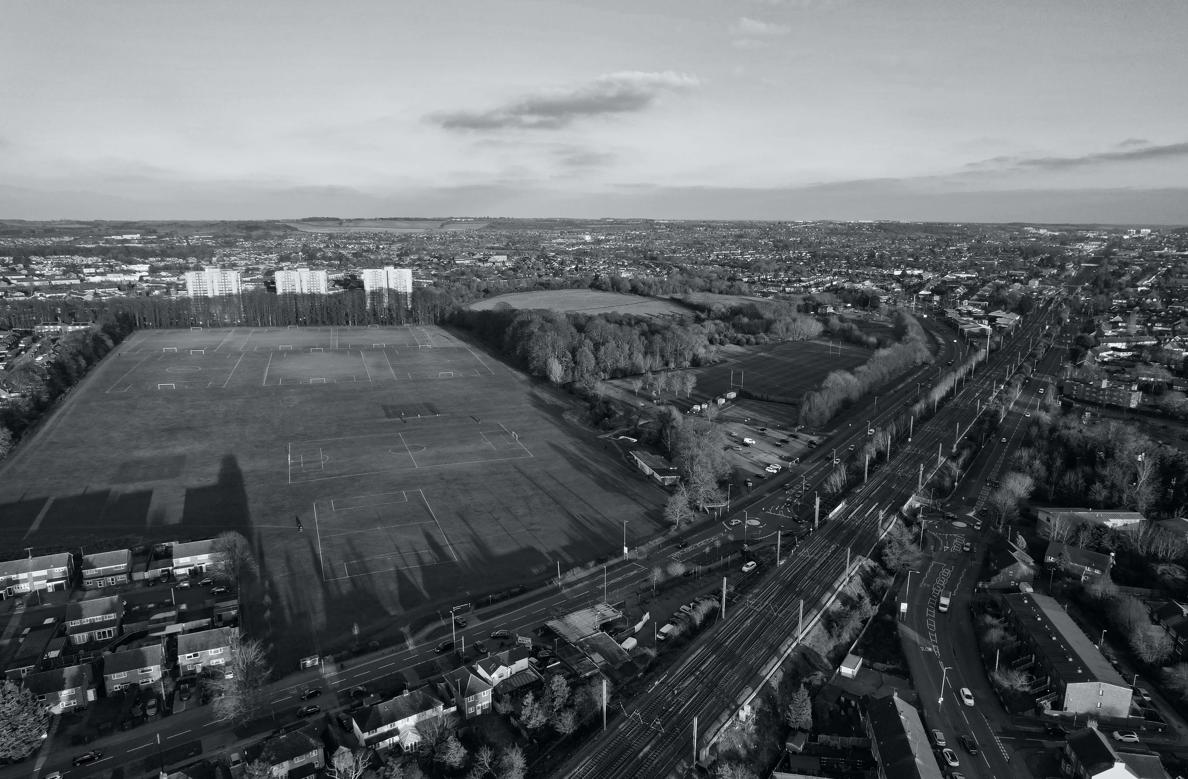
While chewing is a natural process for teething puppies, they need objects of their own to chew on so they do not mistake their owner’s shoes, the legs of furniture, and other objects for chew toys. Heavy nylon ropes tied in a knot and squeaky toys are good for small dogs. Rawhide chews are not recommended any more because pieces can unravel and pose a choking hazard for some dogs.
During this phase of your puppy or dog’s life, they should be supervised as much as possible and corrected when they chew on something other than “their” toys. Dogs, like people, need their own toys, blankets, and bedding to feel secure. Toys can be shared of course, when the dog is ready. But it is vital that you establish early on what is “theirs” and what is “yours” to avoid trouble in the future.
For the first few weeks after bringing your new dog home, he will need to become acclimated to his surroundings. Whether you choose to crate train or not, keep the puppy in a small confined area at night and when you cannot supervise him or her. You can use a small plastic baby gate to close off an area of the kitchen during the day to keep the puppy safe and out of trouble while you’re gone.
Best Choices for Chew Toys:
Some Do’s and Don’ts
Do:
Don’t:
This chewing phase should end at around eight months or so. If you have an older dog that chews just follow the same steps above. You can enlarge their play area as they gain more trust, but keep things like shoes and personal items off the floor.
If you come home to find that they have chewed up your favorite shoes, resist scolding them for their bad behavior, and offer them one of their toys instead. A stern look of displeasure followed by a firm “no” goes a long way to helping them learn what is acceptable. You may need to repeat this several times until they “get it” that this is theirs and that is not.
How quickly they learn what is acceptable to chew and what is not depends entirely upon your training and your dog’s personality. Most dogs will stop inappropriate chewing with instruction and correction within a few weeks.